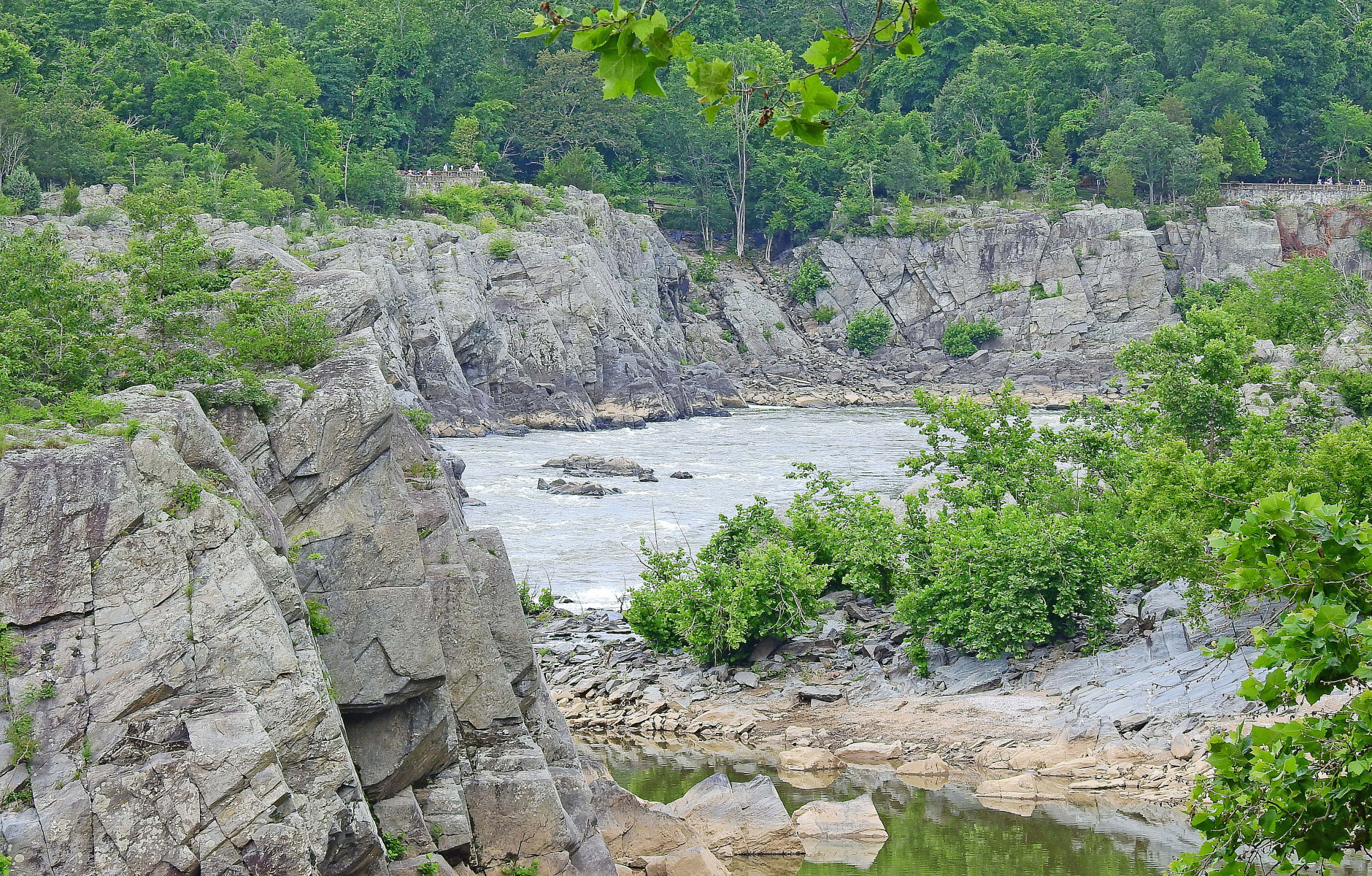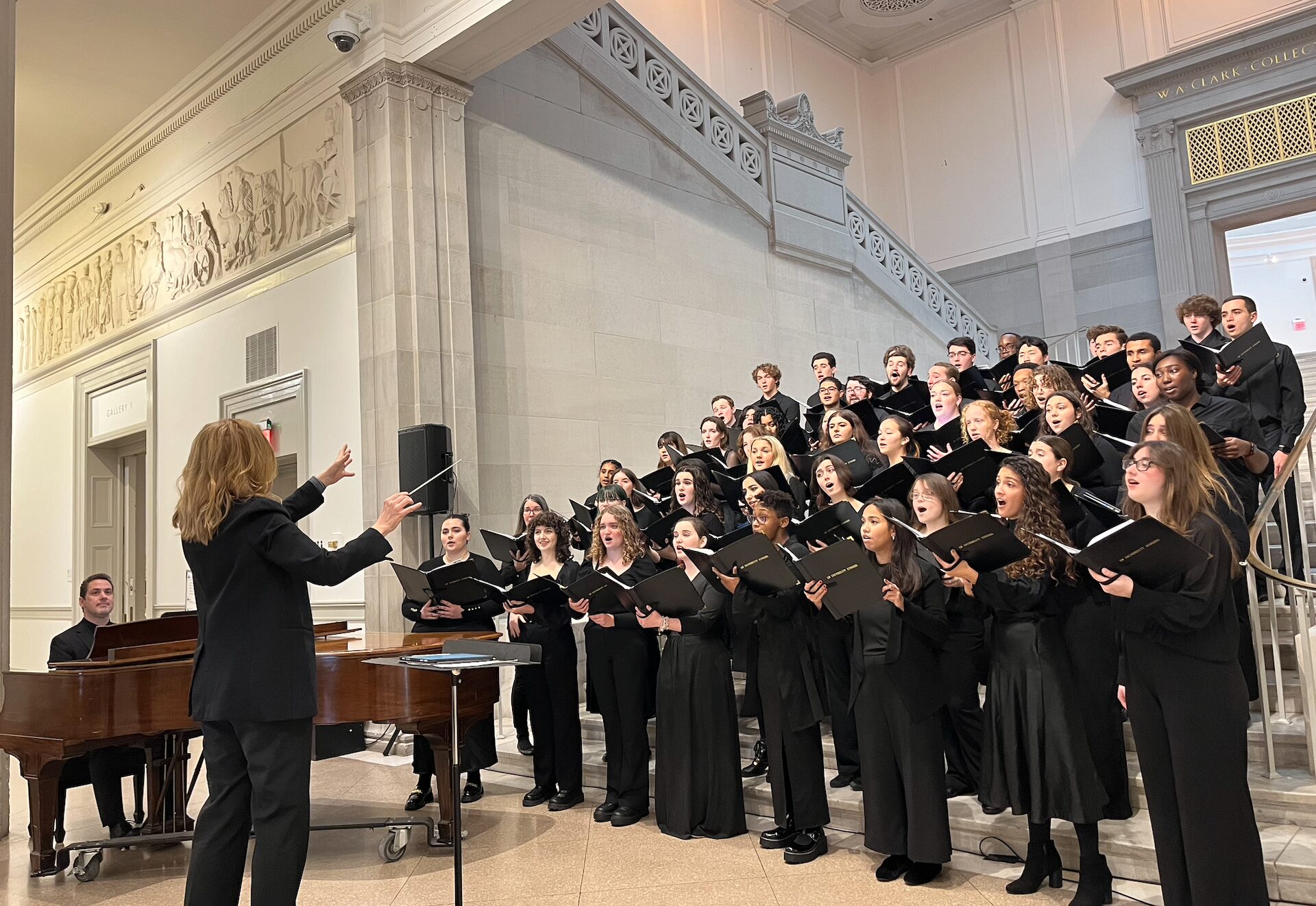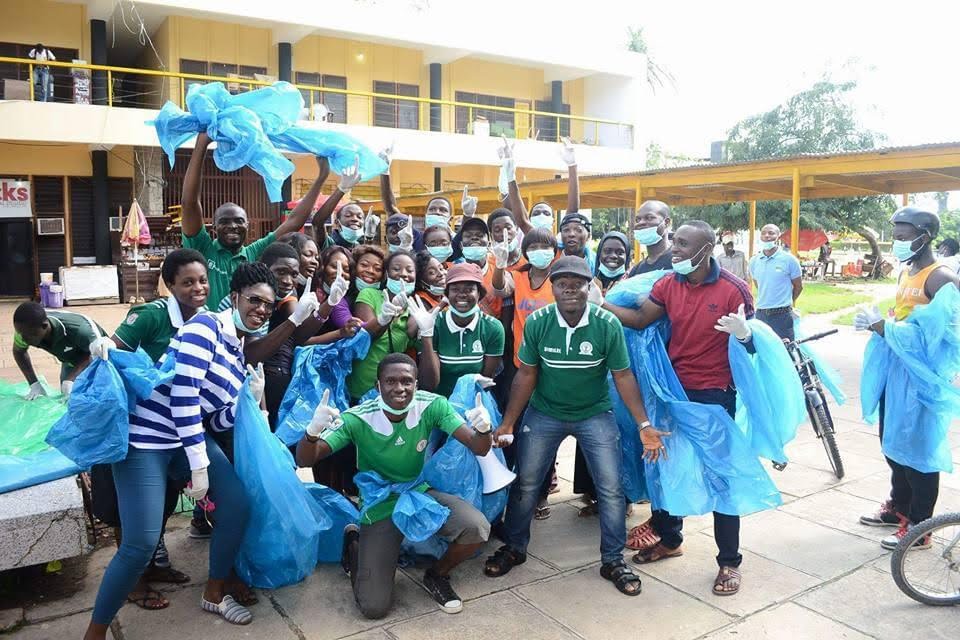How the next generation of naturalists can celebrate and protect the biodiversity of the canal that became a park in the heart of Washington, D.C.
With book in hand: Continuing the work of Lovejoy and Wilson in the heart of DC
“Under New Management. Development Plans to Follow.” It was 1950, and the metropolitan Washington, D.C., population was growing. Consequently, these signs would have caused little surprise for this particular property composed of woodlands, wetlands, fishing banks, and vernal pools, all contained in what was planned to become a commuter parkway that would pass right through the heart of this wilderness. That was until someone called out, “Take a little walk with me.” And with that challenge, Justice William O. Douglas ignited a campaign that ended with what was formally called the Chesapeake and Ohio Canal becoming a national park instead of a national highway in 1971.
It is hard to believe there was a time when what was renamed as the C&O Canal National Historical Park was unknown to me and not a part of my life. But once I reached it, there was simply no turning back. That very same place I had avoided because it seemed too far from home, now became a part of my life, requiring hours at a time for wandering the towpath, mountain trails, tunnels, across wetlands, and always taking field notes and pictures. Having been a teacher meant that I was always wondering how to convey this sense of exploration and discovery to others, especially the coming generation that was losing its contact with the natural world.
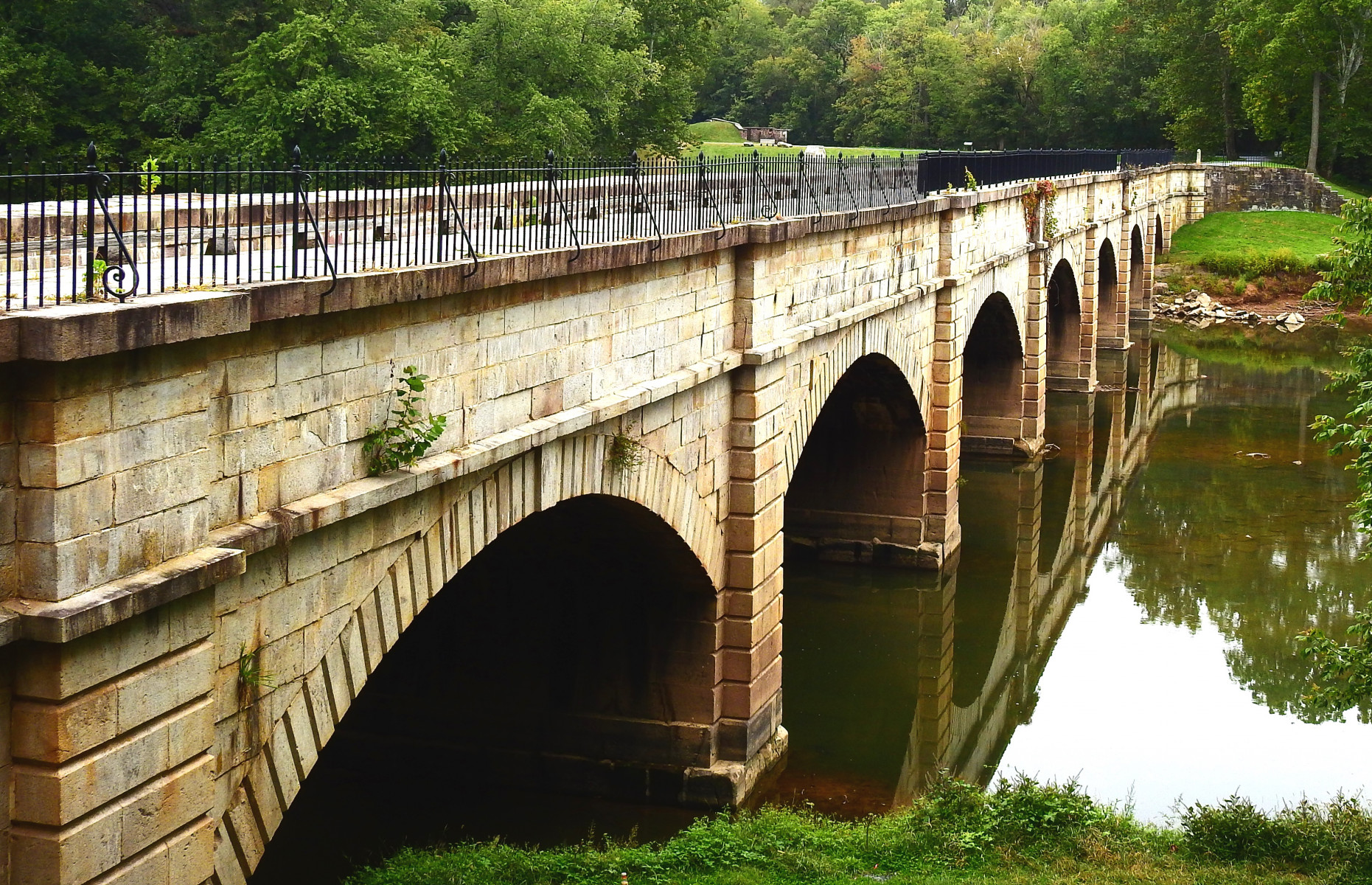
When Biodiversity Took Off
Over the next three decades, separately, but soon to be interconnected, came a growing awareness of the world’s biota. In 1986, scientists Dr. E.O. Wilson and Dr. Thomas Lovejoy led a National Forum on Biodiversity, which catapulted this subject into prominence. At this particular meeting, the national parks lacked a formal spokesperson regarding the biota within their boundaries.
One goal of this forum was to gain attention to the need for management and attention to our living, global species. As time passed, the concept and meaning of biodiversity grew from a novelty of the 1980s to the subject of global conventions and reports. Reflecting on the interconnectedness of life, biodiversity came to stand for the study, discussion, and conservation of the various species that live on our planet. As this message reached out to the public, those crafting educational standards for science in grades K-12 also recognized the significance of biodiversity, albeit in a very truncated form. Standards for such were instilled as part of the Next Generation Science Standards, a product of the National Research Council published in 2012.
Eventually the national parks were recognized as another location where biodiversity could be found and studied. This recognition came as visitor’s interests were increasing and diversifying. Thus, parks had to scale up efforts to meet both the new interests of visitors and programs for the protection and conservation of biodiversity. An early example of such came in 2004 with a report titled, “the Potomac Gorge Conservation Plan,” which marked the first set of biodiversity surveys in the C&O Canal Park. This was done cooperatively between the National Park Service and The Nature Conservancy. However, it was not until 2018 that a strategic plan emerged for conservation to enter Park planning.

A more recent document, from our National Academy of Sciences is titled Biodiversity At Risk, which highlights extinction rates of 10 to 100 times those recorded before human domination. It also finds that at least 1 million species are further threatened with loss of life and concludes by recognizing how such losses cause decline in the world’s functioning ecosystems.
Sadly, in late December 2021, these global losses were again brought to our attention, but this time marked by remembrances and obituaries telling of the deaths of two scientists, who, more than any others, pioneered our understanding of the significance of the earth’s green treasures, and whose thinking would come to influence the National Parks as well.
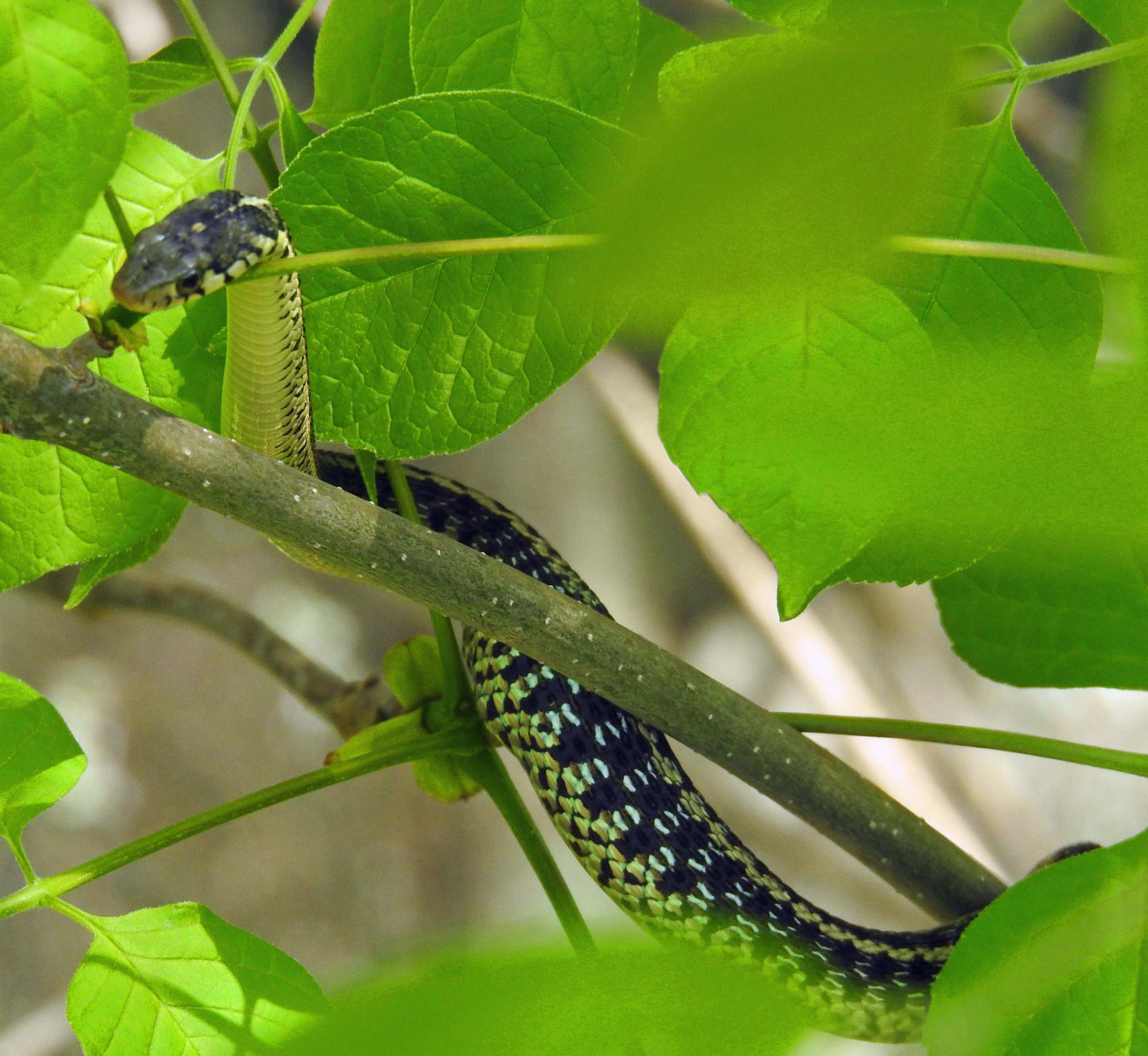
First, Lovejoy, 80, known as the person who produced the word biodiversity, passed away on Saturday, Dec. 25, followed just a day later by Wilson, who died at age 92 on Dec. 26. Their lives’ work became synonymous with the practice of understanding the birth, death, and loss of species, and how this understanding would guide conservation.
Lovejoy first ventured into the tropics in 1965 and continued to expand his research by opening an educational camp in the tropical forests of Brazil. From his forested Camp 41, award-winning research on fragmentation of forests was born. It became a place where those most interested in the workings of a rainforest could be housed and informed by Lovejoy himself of the often-unseeable entities hiding among the towering canopies.
Among things championed by Wilson was the BioBlitz, an event of citizen science at its best. One such event was held in 2016 to locate and identify species from the Chesapeake and Ohio Canal National Historical Park.
Responsibilities for biodiversity in the C&O Canal Park became part of its current Strategic Plan (2018 to 2023), to “maintain and protect wisely, to ensure towpath continuity, and protect and preserve cultural and natural resources.” It is this section that contains a strategic plan to develop and implement resource management by prioritizing critical natural areas and species of special concern. Thus, while not yet embracing biodiversity by name, actions that lead to the conservation of species are now part of the Park’s strategy.
A World Canal Conference
All reservoirs of biodiversity are a painting of inter-connectedness. This applies to the C&O Canal Park as well, along with the possibility to serve as a wildlife and conservation corridor. This suggestion was highlighted at the most recent World Canals Conference, held in August 2021 in Hagerstown, Maryland. In my presentation (“The Capital’s Corridor: From Purveyor of Goods to Conservation Corridor,” and two others), the emerging focus of biodiversity alongside the canals was discussed for the first time in this series of annual meetings, and participants could begin to consider this issue in relation to the more traditional history and interpretation and canal infrastructure discussions. A personal questionnaire was also distributed to seek guidance on how these issues should be managed by the C&O Canal Park.
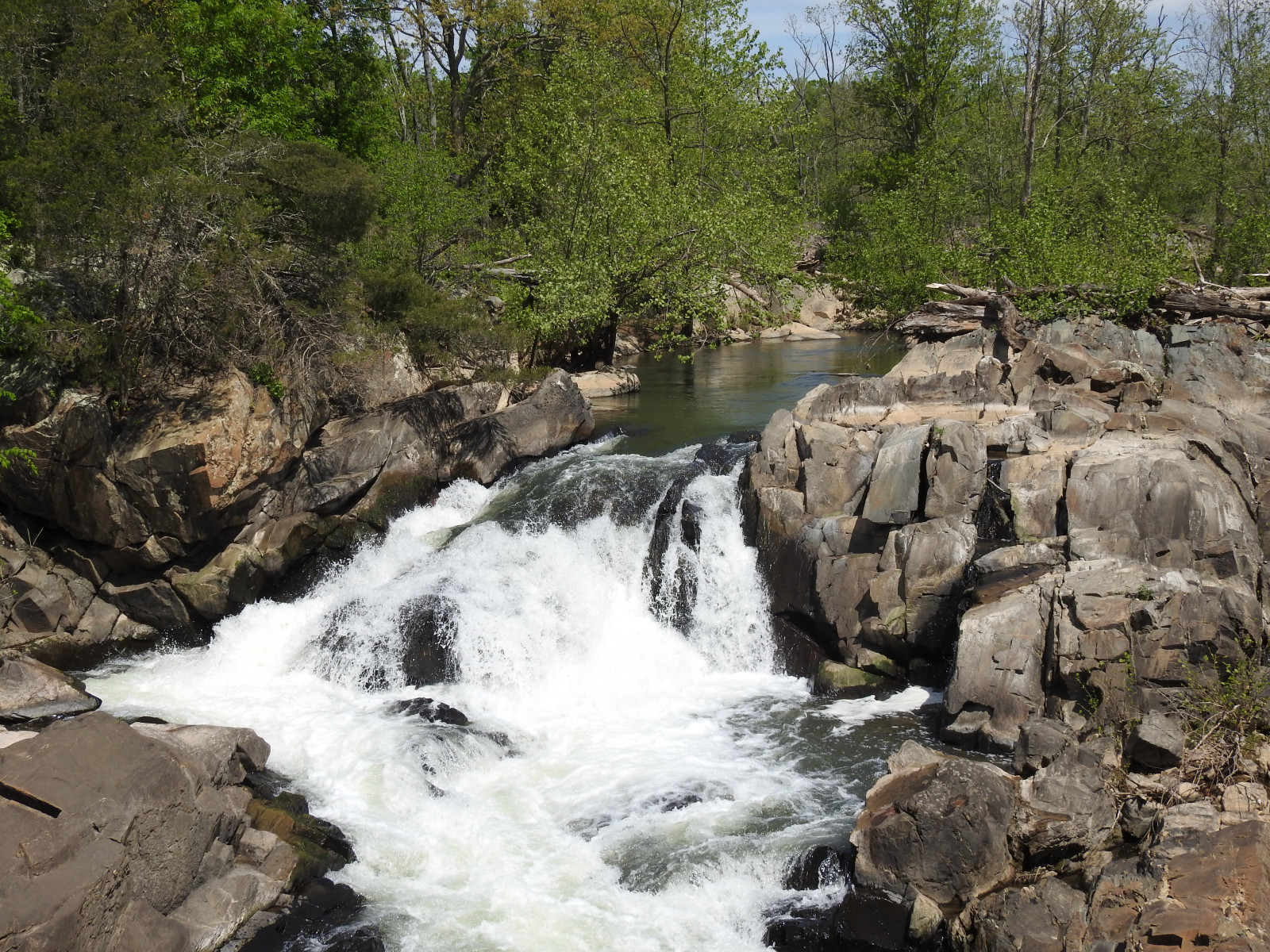
In this talk, it was mentioned that the C&O Canal Park offers possibilities for exploring biodiversity and as a wildlife/conservation corridor. To do so, the corridor would take the same route as the Canal and towpath, as if a passenger on a train. And as the Canal stretches northward, so does the potential for a corridor, cutting through six geologic zones, climbing in altitude over 600 feet, each having different biota. As with all national parks, such diversity, remaining natural formations, historical and engineering artifacts, combined with our new and increasing understanding of biodiversity make the park more than the towpath and locks.
An Alphabetized Guide to the Chesapeake and Ohio Canal National Historical Park
In fact, this Park can open visitors up to life in nature, something that is getting harder to accomplish this close to major metropolitan areas. Complete with Great Falls, and the kayak riders that dare the rapids, one finds a form of wilderness built of unique parts, sitting, waiting for others like Justice Douglas to ponder. With this thought in mind, a new guide to the Canal Park was begun with the intent to help readers rapidly locate those things of greatest interest.
The question then became how to put this all together with old school and new school; a little bit fun, a little bit learning; a little bit art, a little bit science, and a hint of natural history and American history. It’s all for you, so put it to work. Our response to this seemingly immense challenge is to provide excerpts from a book under production, titled, “An Alphabetized Guide to the Chesapeake and Ohio Canal National Historical Park.” It is structured and illustrated to provide immergence for what is seen from the towpath and what the viewer knows already. It is like having a guide to ask, “But what is that and what does it do?”
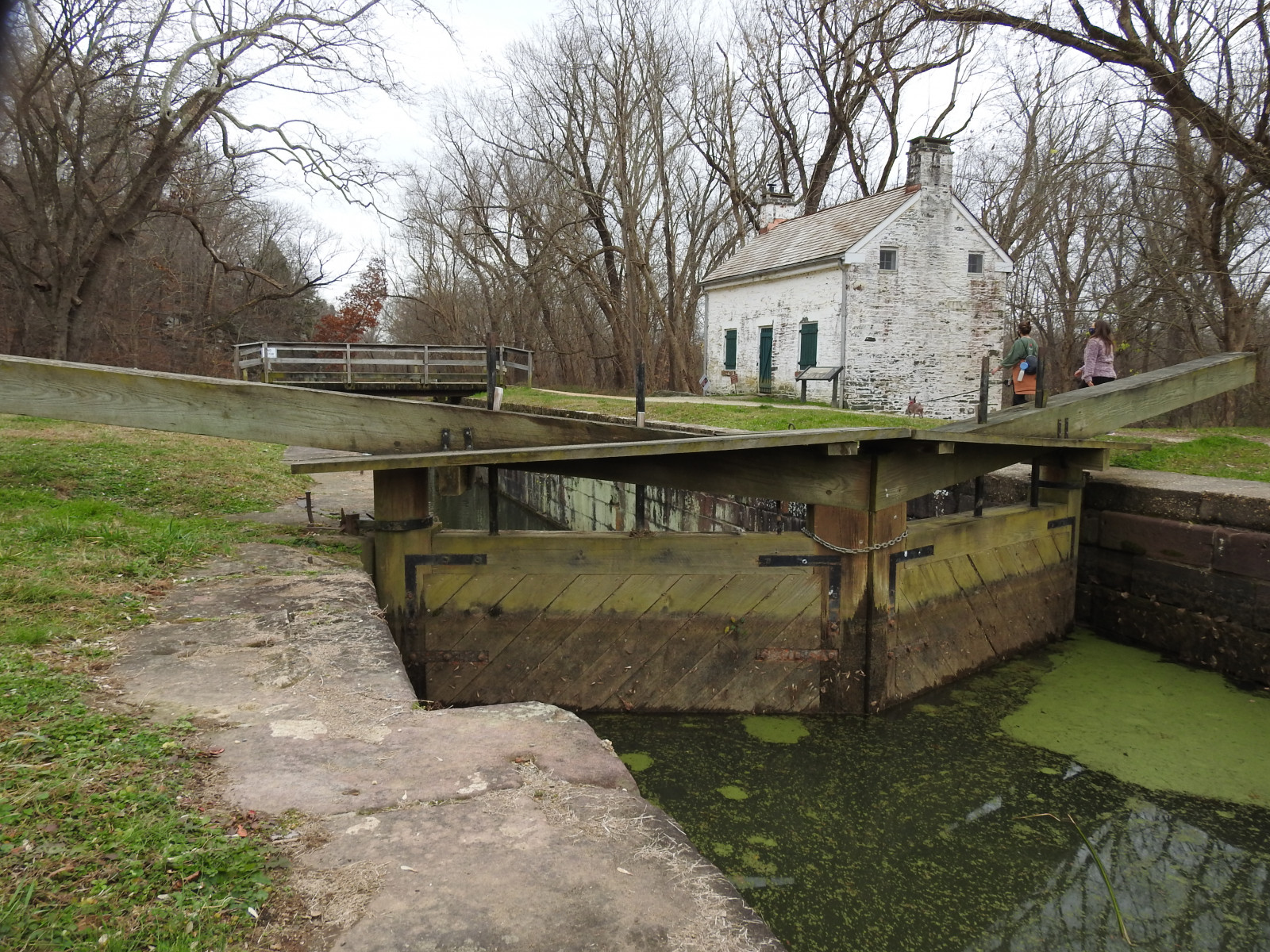
However, while this book points one in the right direction, this National Park and its exiting pools of biodiversity would benefit even more by modifying educational and research approaches conceived by Lovejoy and Wilson for establishing longer term programs. Secondary students could undertake biodiversity studies that are consistent with educational standards from NGSS (Next Generation Science Standards). In this time of restricted travel, financial pressures, and a virus complex still largely misunderstood, the opportunity to conduct work on populations, species, wetland, and fragmentation would go far in accelerating learning prior to graduate school or employment.
In summary, the book might best thought of as a guide to the constellations. So, think for a moment, how do we learn the constellations in the nighttime sky? At first, you see thousands of stars looking all the same, but as study their brightness and color, you suddenly see the major stars come forward in your eyes and voice in your ears, whispers, “That is the one, now look to your right and above, and there is another.” Then slowly one star at a time, and following those clues whispered in your ears, the entire constellation appears in the sky, that very same sky where before there was nothing but he unknown twinkling of a thousand points of light.
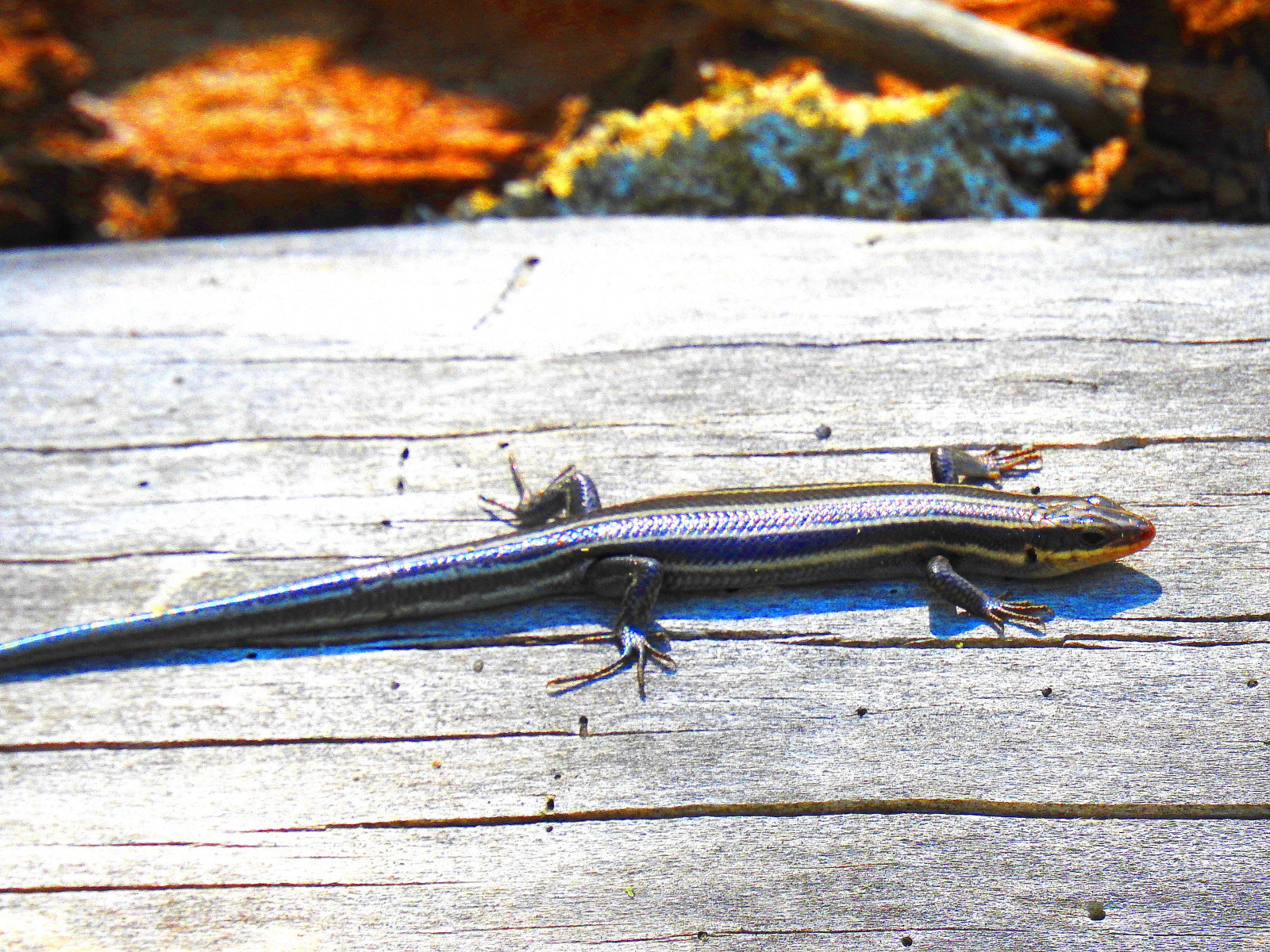
Except in our book, the night sky becomes an outstretching of green, blues and browns that slowly come into focus, completing a picture of a sycamore leaf swaying, waiting for the sun, and from there, we go inside the leaf, from cells to photosynthesis. You start with what you see or what’s on your mind, and next thing you know, like hearing voices in your ears of Lovejoy, Wilson, Rachel Carson, Margaret Mee, Jane Goodall, Wangari Maathai, Fred Urquhart, and on and on they come, a song that won’t stop and a melody that won’t let your feet stop dancing till the book is closed. You know that feeling, don’t you? So, take a walk on the towpath, any ol’ time of day and be surprised by what you see and learn.
Conclusion: Camp 41A, An Education Between the Potomac River and the C&O Canal
The canal was saved once, by the efforts of many who conceived of it as a national park rather than a parkway. Thanks to their foresight, the Canal was opened for a second time, only this time for nature not commerce. We hope that the book previewed and excerpted here will help bring together a place and its artifacts; its species and the science behind what is visible, the elements that bind its parts together, and help open eyes once again and fire up the engines of Wilson and Lovejoy to take us all place still unknown.
It is in Lovejoy’s memory that “Camp 41A” could be established for the Canal where students could undertake much as Lovejoy did, field studies on migration, fragmentation, speciation and the effects of corridors, thus enriching their education.
Why be concerned about this park in particular? Right now, it offers the potential to be the Capital’s Corridor, meaning that it becomes akin to a strip of “natural” habitat bringing together two or more other habitats, which then counters the effects of fragmentation, enriching the means by which organisms can move, encounter new genetic populations, and migrate. This could be the future of the biodiversity study in C&O Canal Park.
